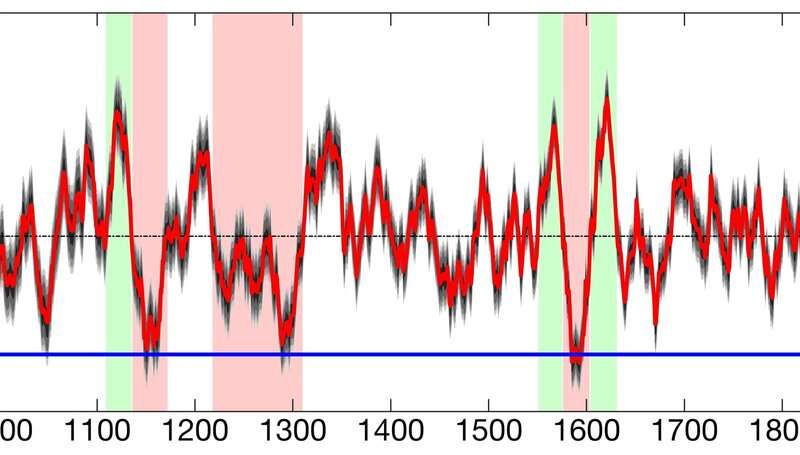
Extreme coastal flooding events that are now rarely seen will in this century become more common at an exponential rate due to expected sea level rise (EurekAlert). A scientific report from Nature Research has found evidence linking these two phenomena in such a way that the damage from this particular effect tends to increase at a much more rapid rate than the underlying cause. Thus, “The authors’ model predicted that before 2050, current extreme water levels transitioned from 50-year, once-in-a-lifetime flooding events to annual events in 70% of US coastal regions. Before the end of 2100, once-in-a-lifetime extremes were predicted to be exceeded almost daily for 93% of the sites measured…..At the most susceptible sites, along the Hawaiian and Caribbean coast, the rate at which extreme water levels occur may double with every centimetre of sea-level rise.”
https://www.eurekalert.org/pub_releases/2020-04/sr-cce041420.php……. The full study has open access at https://www.nature.com/articles/s41598-020-62188-4
A great many studies have been made
for the purpose of determining to what extent an extreme weather event
can be attributed to changes in climate caused by human activity. Carbon Brief
has created an extensive review of how this work is accomplished
together with a synopsis of the results. Also, specific information
related to each of 355 extreme events that have occurred around the
globe is made available. One conclusion: “…of the extreme weather events scientists have studied so far, climate
change has made almost 70% of them more likely or more damaging. The
majority of these events have been heatwaves, but the fingerprint of
climate change has also been felt on drought, heavy rain, wildfires and,
indeed, even tropical cyclones.”
https://www.carbonbrief.org/mapped-how-climate-change-affects-extreme-weather-around-the-world
Policies that regularly seek the pursuit of continued economic growth are criticized for doing harm to biodiversity, and seven practical alternatives are offered (Universitat Autonoma de Barcelona). “Taking the last 170 years in the United States as an example, the research team speculates about the meaning of continued economic growth that is clearly associated with biodiversity loss but whose contribution to social progress has become stagnant since the late 1970s.” The authors make a good argument, but do not explain how control over policymaking can be wrestled away from the shrinking number of beneficiaries of economic growth, who may not agree.
https://www.eurekalert.org/pub_releases/2020-04/uadb-egi041420.php
Carl